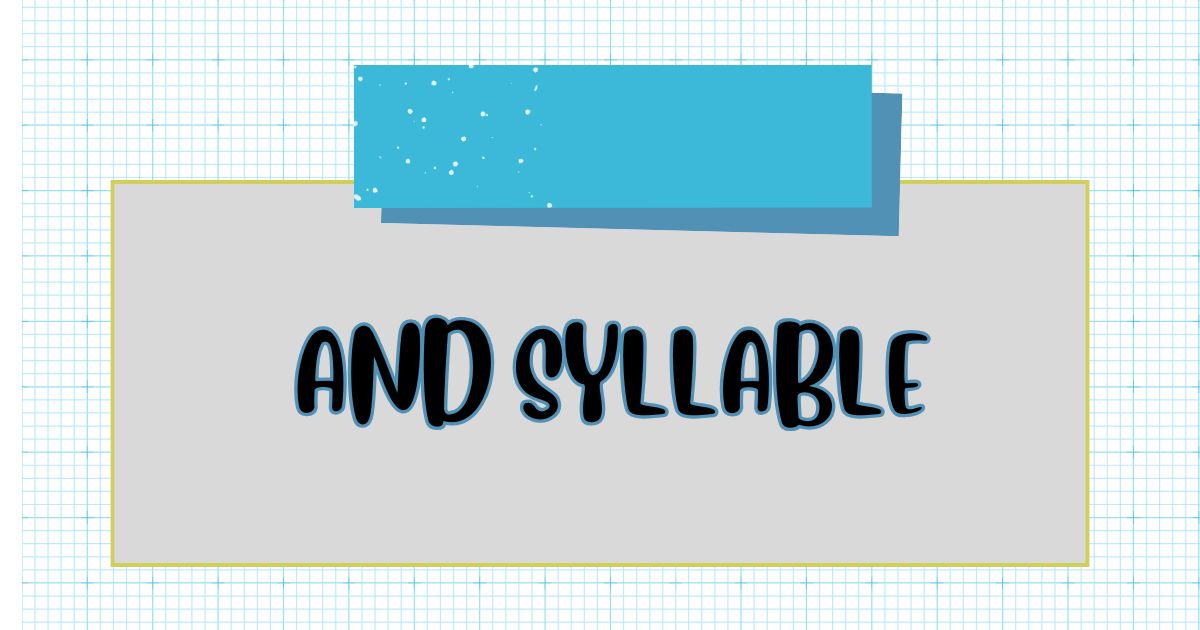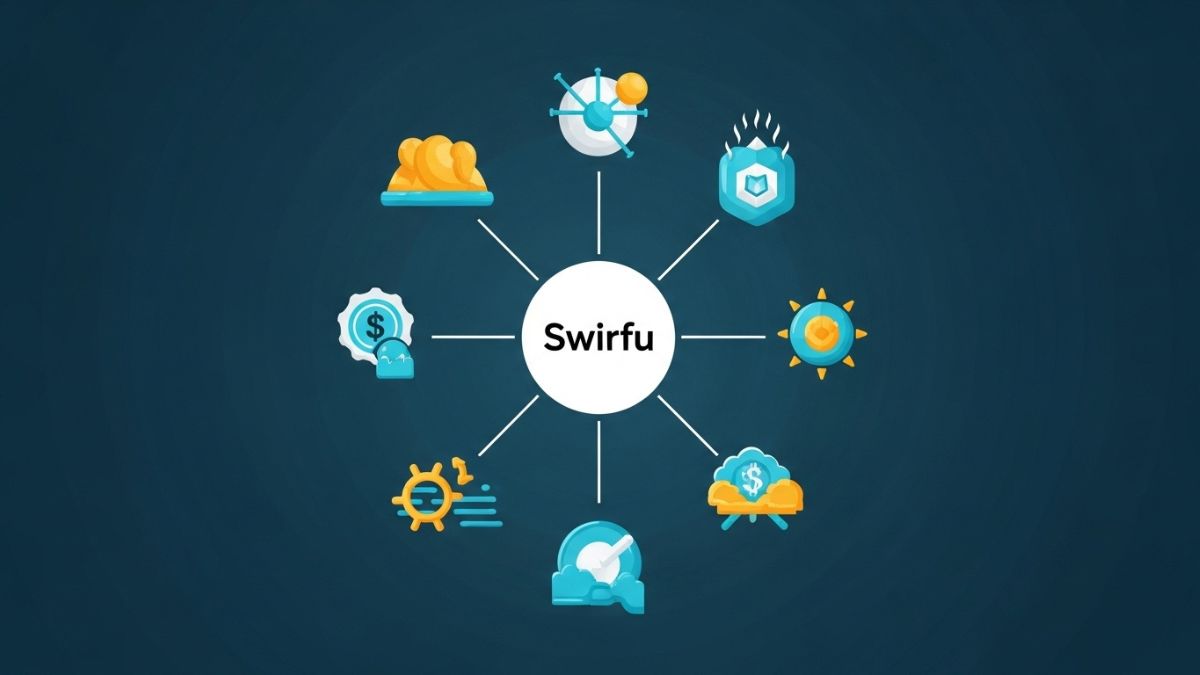A syllable is a single, unbroken sound unit of a spoken word. It typically contains a vowel sound and may include one or more consonants. Syllables form the building blocks of words and are crucial for pronunciation, rhythm, poetry, and language learning.
Origin and Etymology of Syllable
The word “syllable” stems from the Latin word syllaba, which traces back to Greek syllabē, meaning “that which is held together.” This origin is fitting, as syllables indeed hold the sounds of language together in spoken form.
Why Syllables Matter in Language
Syllables impact how we pronounce, spell, and stress words. Understanding syllables can help with reading fluency, writing poetry, breaking down complex words, and mastering accents in different languages. They are essential in phonics education and are a foundation of verbal rhythm.
Types of Syllables
Syllables come in various types, depending on the structure and sounds they include:
Open syllables end in a vowel, like “go” or “he.”
Closed syllables end in a consonant, like “cat” or “men.”
Silent-e syllables end with an ‘e’ that makes the previous vowel long, such as “cake.”
Vowel team syllables contain two vowels working together, like “team.”
R-controlled syllables include a vowel followed by ‘r,’ like “car” or “bird.”
How to Count Syllables in a Word
To count syllables, say the word aloud and listen for the number of distinct sound bursts or beats. Each time your jaw drops naturally or you hear a vowel sound, that typically counts as one syllable. For example:
“Apple” has two syllables: ap-ple
“Computer” has three syllables: com-pu-ter
“Sun” has one syllable
Syllables and Spelling Rules
Understanding syllables can aid spelling. Words often split between syllables when hyphenated or broken across lines. Spelling patterns such as doubling consonants in short vowel + consonant words (e.g., “hopping”) are based on syllabic structure.
Syllables in Poetry and Music
Syllables create rhythm and flow in poetry and lyrics. Haikus, for example, rely on a strict syllabic structure—five syllables in the first line, seven in the second, and five in the third. Similarly, song lyrics often balance syllable counts to match the musical beat.
Syllables and Word Stress
In multi-syllable words, one syllable is usually stressed more than the others. This stress affects meaning and pronunciation. For example, in “record,” stressing the first syllable makes it a noun (RE-cord), while stressing the second makes it a verb (re-CORD).
Syllables in Language Learning
For language learners, syllables serve as keys to better pronunciation and comprehension. Breaking down unfamiliar words into syllables makes them easier to decode. This is especially useful in English, where spelling and pronunciation often diverge.
Syllable Division Rules
When dividing words into syllables, certain rules can help:
Divide between two middle consonants: “napkin” → nap-kin
Between a consonant and a vowel: “hotel” → ho-tel
After a prefix or before a suffix: “unhappy” → un-hap-py
These aren’t hard rules but useful guidelines.
Common Mistakes in Syllabification
Many confuse syllables with letters. For instance, the word “eye” has three letters but only one syllable. Similarly, “education” has five syllables: ed-u-ca-tion. Misidentifying syllables can lead to incorrect stress, mispronunciation, and awkward speech patterns.
Syllables Across Different Languages
Syllables are not unique to English. Every spoken language uses syllables, though the rules differ. For example, Japanese has strict syllable patterns called “morae.” Spanish tends to follow regular, open-syllable structures, making it more phonetically consistent than English.
Syllables and Phonological Awareness
In early education, phonological awareness—being able to hear, identify, and manipulate syllables—is critical. It supports children’s reading and spelling skills. Activities like clapping out syllables or syllable sorting are common in classrooms.
Tools for Teaching Syllables
Teachers often use visual and physical techniques to teach syllables:
Clapping hands for each syllable
Tapping a finger or table
Using chin drops to detect each syllable
These methods engage children and improve retention.
Digital Tools and Apps for Syllable Practice
There are now apps and websites that help learners practice syllable identification. Tools like ABCmouse, Starfall, and ReadWriteThink offer interactive syllable games, making learning more fun and effective for children and ESL learners alike.
Syllables in Speech Therapy
Speech-language pathologists often focus on syllables when working with clients to correct articulation disorders. By practicing syllables, clients learn to produce sounds more accurately, improving fluency and speech clarity over time.
The Science Behind Syllables
Phoneticians study syllables through sound wave analysis. A syllable typically has a peak (the vowel sound) and troughs (the consonants). These sound patterns are essential in speech recognition, AI language models, and even voice command technology.
Syllables in Branding and Advertising
Syllables also play a role in how we perceive brand names. Short, punchy, one- or two-syllable names (like “Nike,” “Apple,” or “Coke”) are often more memorable. Syllabic rhythm affects how smoothly a name rolls off the tongue, influencing brand recall.
Conclusion
Syllables are the sound segments that form the essence of spoken language. They shape pronunciation, guide reading, add rhythm to poetry and music, and even influence how we perceive brands. Whether you’re teaching a child, learning a language, or writing a poem, understanding syllables unlocks a deeper level of communication. Mastering syllables doesn’t just make you a better speaker or writer—it makes you a sharper listener, too.
FAQs
How do I teach my child to count syllables?
Use clapping or tapping methods as they speak the word out loud. Each clap for each syllable helps them hear and feel the word’s rhythm.
Are all syllables created equal?
Not really. Some are stressed, and others are unstressed. Stress can change the meaning and pronunciation of a word.
Do syllables always match the number of vowels?
No. A word can have several vowels but only a few syllables, depending on how the vowels work together.
Can a syllable have no consonants?
Yes. For example, “I” and “a” are both single-syllable words made of only a vowel.
Why are syllables important in poetry?
They help establish rhythm and meter. Poets use syllable patterns to control the flow and emotion of their work.











